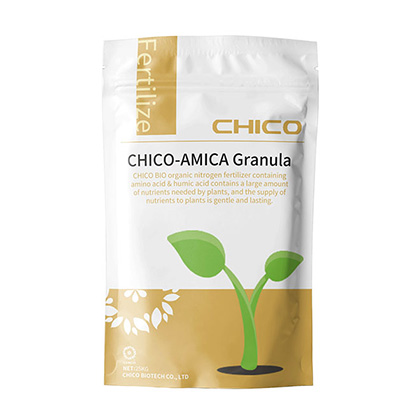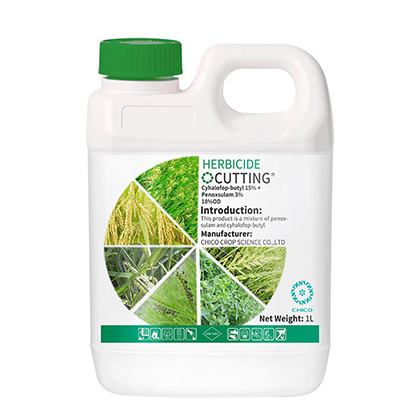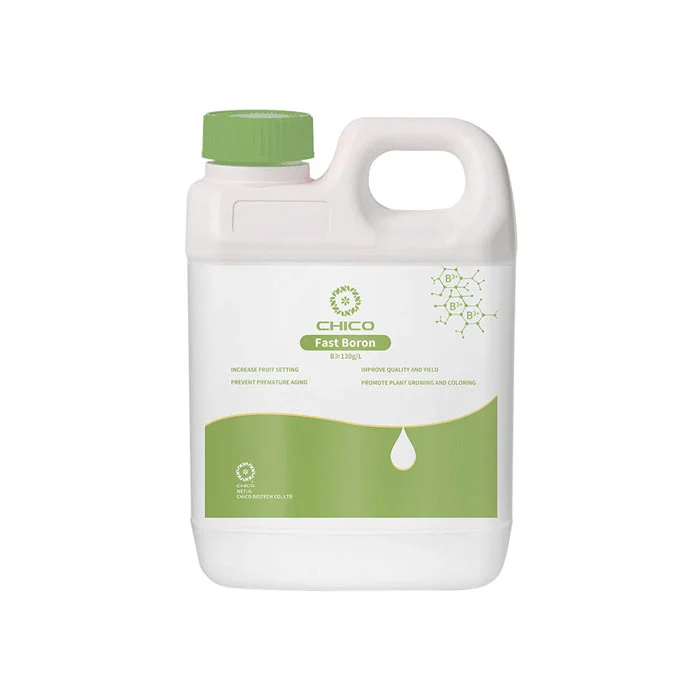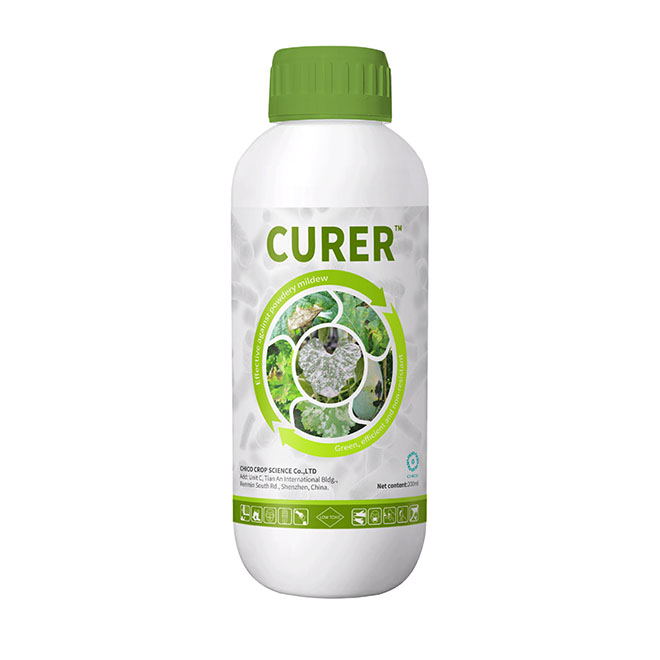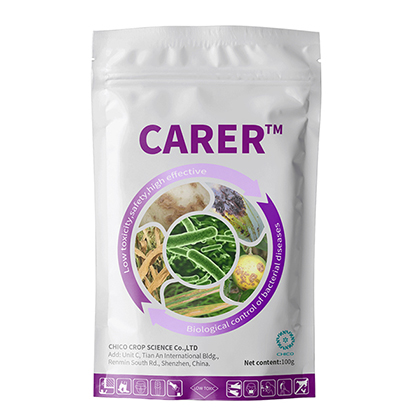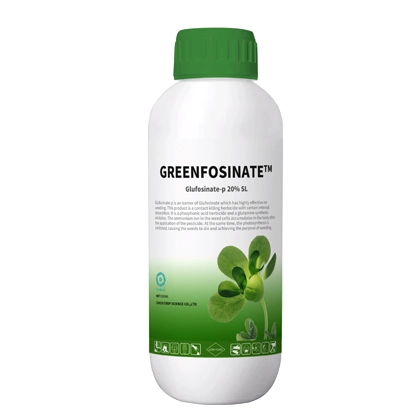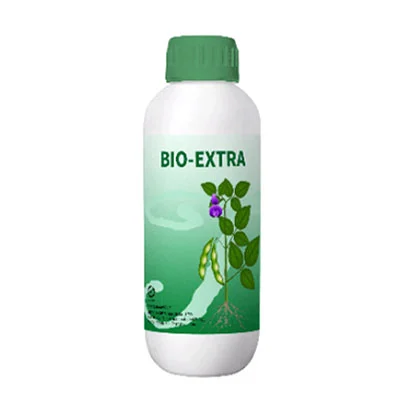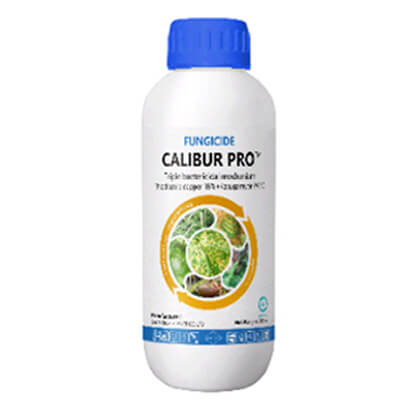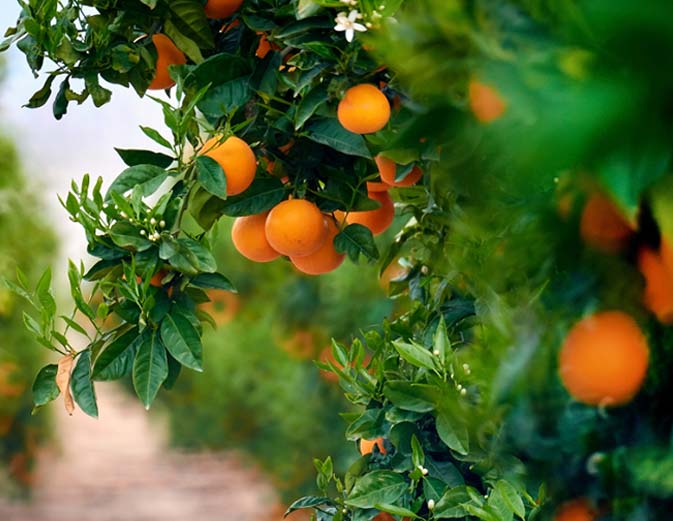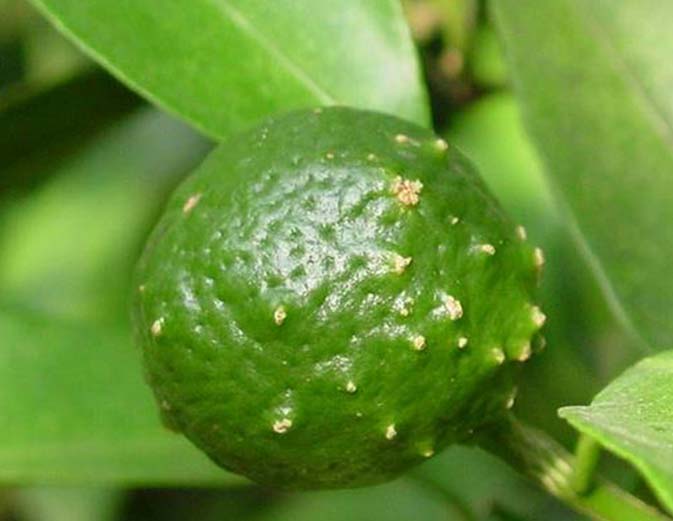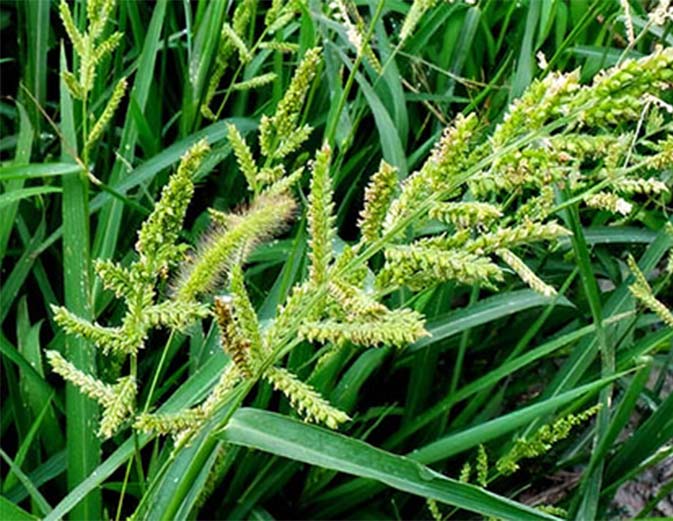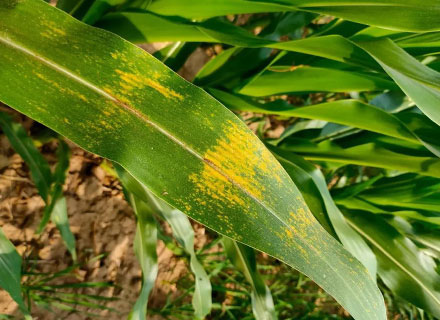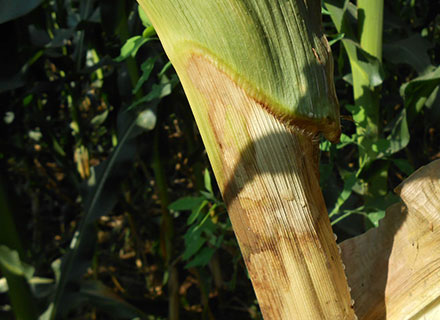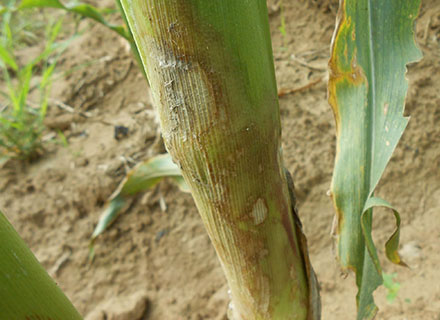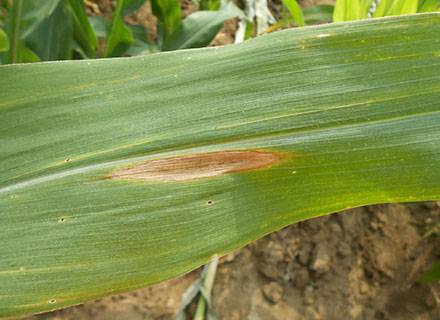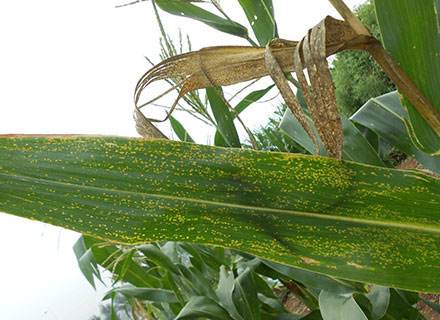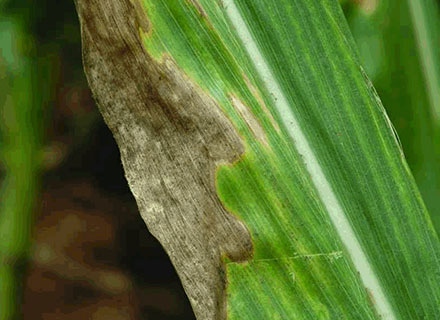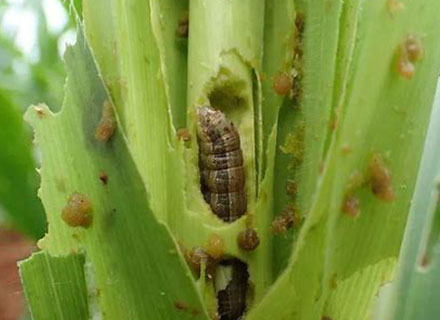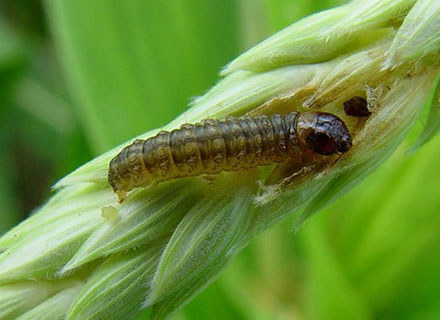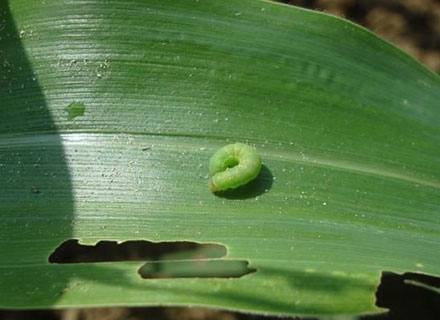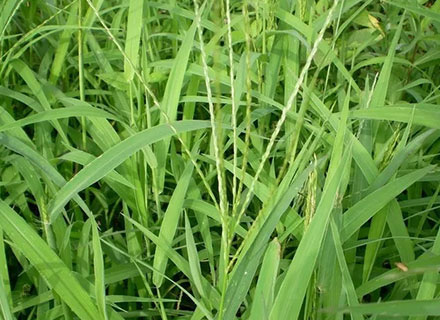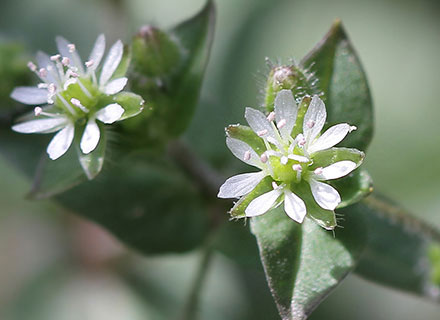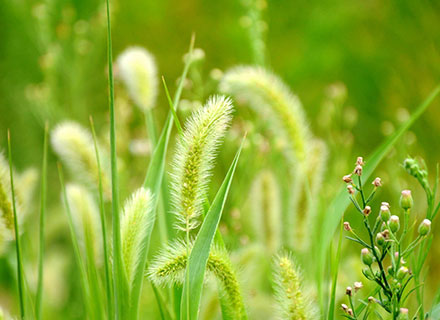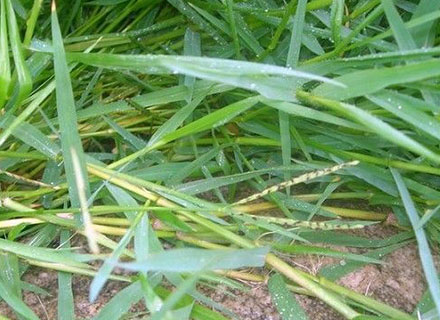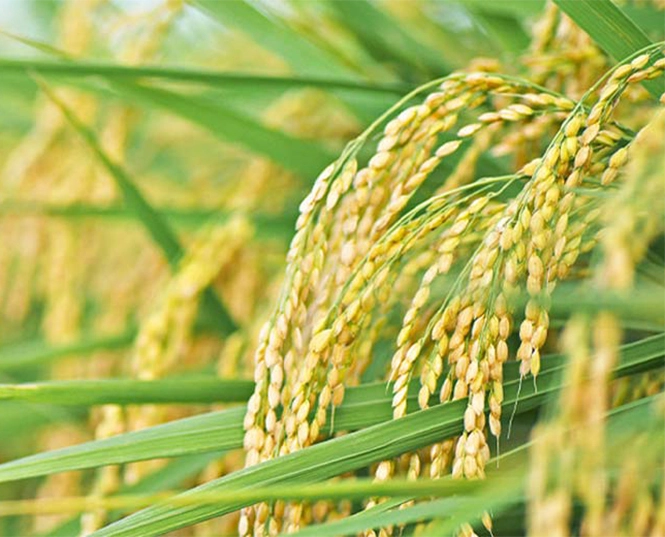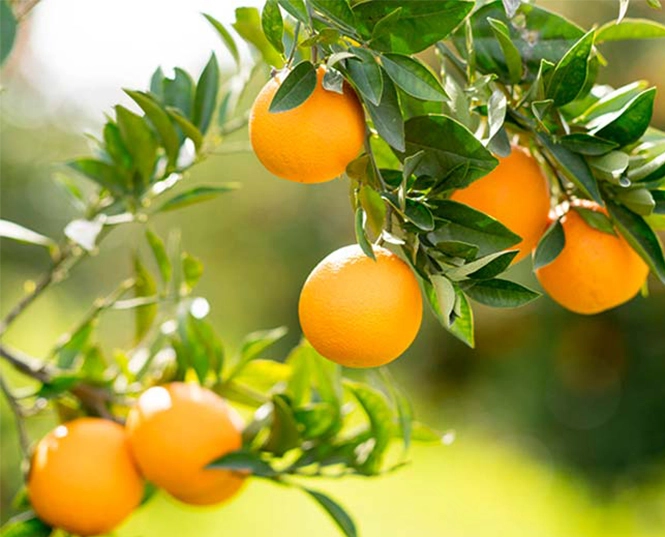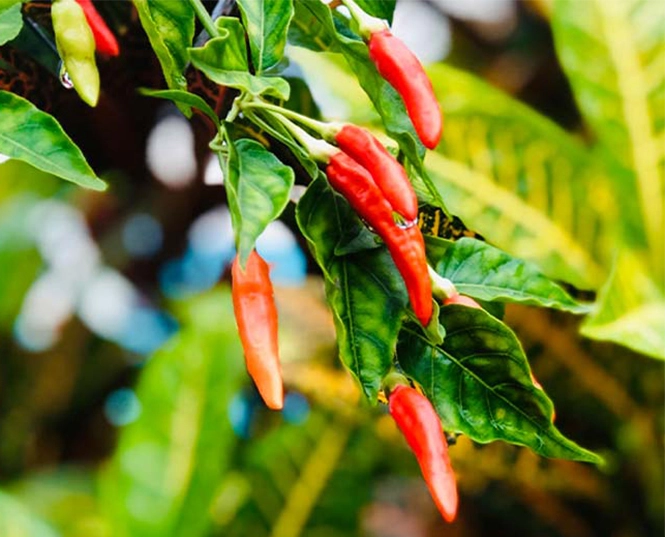
Corn Solution

Corn Disease Treatment
1. Corn Rust
Symptoms:
Dark, reddish-brown pustules may appear on any above ground part of the plant but are most abundant on the leaves. Pustules appear oval to elongate in shape, are generally small, less than 1/4 inch long, and are surrounded by the leaf epidermal layer, where it has broken through. If infections occur while the leaves are still in the whorl, these pustules may develop in bands across the surface as the leaf expands in size.
CHICO has accumulated rich experience and could offer the corresponding high-class solutions, e.g.: DIPRO 300g/L EC.
2. Corn Sheath Blight
Symptoms:
Corn sheath blight mainly affects the leaf sheaths of corn, followed by leaves, ears and their wrapping leaves. When the disease is serious, it can invade the solid stem, but generally does not cause lodging. The disease is initially infected from the leaf sheath at the base of the stem, and then infects the leaves and spreads upward. The main symptoms are light brown water-soaked small spots or moiré-like gray-white spots at the base of the leaf sheath and leaves, which eventually lead to leaf sheath corruption and leaf death.
CHICO has accumulated rich experience and could offer the corresponding high-class solutions, e.g.: TRIPO 525g/L SE.
3. Corn Leaf Spot
Symptoms:
The disease first appears in the form of small, necrotic spots with halos. These usually expand to become rectangular lesions, about 1/8 inch wide by up to 2 inches to 3 inches long and gray to brown in appearance. Mature lesions usually have distinct parallel edges and appear opaque when put up to the light, but the lesions hybrids vary widely in shape and color.
CHICO has accumulated rich experience and could offer the corresponding high-class solutions, e.g.: CALIBUR 20%SC.
Corn Pest Control
1. Corn Armyworm
Symptoms:
Armyworm adults feed on plant nectar and are not a threat to crops. The larvae, however, feed primarily on grasses and are an infrequent, but significant, pest of cereals including small grains, corn, rice, forage grasses, and turf grasses. The larvae can feed and complete their development on a wide variety of broadleaf species when large populations deplete their preferred food plants.
CHICO has accumulated rich experience and could offer the corresponding high-class solutions, e.g.: SMASH 11.8%SC.
2. Corn Borer
Symptoms:
The damage of corn borer to corn is caused by the young larvae which chew leaves and tassels. Later they tunnel all parts of the stalks and ears, resulting in reduced plant vigor, broken stalks, poor ear development and dropped ears. Other crops are damaged primarily by the tunneling of the stalks, pods or stems by the larvae.
CHICO has accumulated rich experience and could offer the corresponding high-class solutions, e.g.: MAXIUM 24%SC.
Corn Weeds Management
1. Annual Weeds
CHICO has accumulated rich experience and could offer the corresponding high-class solutions, e.g.: ATZOL 25% OD.
- 1. Corn Rust
- 2. Corn Sheath Blight
- 3. Corn Leaf Spot
- 1. Corn Armyworm
- 2. Corn Borer
- 1. Annual Weeds
